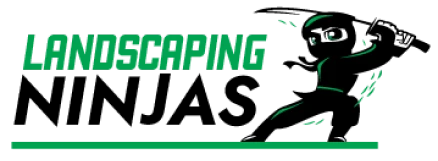Whether you’re a gardening enthusiast or you’re looking into starting a garden for the first time, you’re probably anxiously awaiting the start of this upcoming gardening season. Don’t get ahead of yourself, though! There are many factors at play when it comes to successfully starting your garden. You need to take vegetable types, soil temperatures, and freeze dates into account when you’re planning to start tilling up that soil.
Warm Season Vegetables
There is a category of vegetables specifically called Warm Season Vegetables. They’ve earned this name because they are particular when it comes to the temperature of their soil, the amount of sunlight they require, and their intolerance of frost. Unlike spring vegetables, they need longer periods of sunlight and warmer soil. Some common warm season vegetables include beans, corn, cucumbers, eggplant, melons, peppers, zucchini/summer squash, pumpkin/winter squash, sweet potatoes, tomatoes, and watermelon. If you are just starting to garden, it’s best to start small. Some vegetables that work particularly well in a small garden are bush beans, chard, onions, radishes, tomatoes, turnips, lettuce, squash, eggplant, beets, broccoli, carrots, and peppers.
Vegetables that thrive in the Brazos Valley
According to the Texas A&M Agrilife Extension Service, there are a variety of warm season vegetables that you can grow with great success here in the Brazos Valley. These include snap & lima beans, swiss chard, corn, cucumbers, eggplant, potatoes, pumpkin, and summer and winter squash. When it comes to picking what vegetables to plant, you should focus on things that grow well in your area and that you enjoy eating.
Planning your garden
The best way to start your summer garden is with a good plan, and that starts with a well-thought-out location. You want to pick a spot on your property that is conducive to growing vegetables. This means it needs to be well-draining, because vegetables do not grow well in soil that is constantly wet or retains large amounts of water. There also needs to be a lot of sunlight in this location to ensure that your plants are getting an adequate amount of sunlight in a day. Most vegetables need at least 6hrs of sunlight daily. It may seem beneficial to plant your garden in a spot where weeds do not grow in your yard, but in reality if there are no weeds that means that your plants will not grow successfully there either. Also try your best to keep your garden beds away from large trees or shrubs, as they often will rob your plants of food and water. You may not have a location that fits all of these criteria, but try your best!
When to start planting
You should plant your warm-season vegetables after the last frost date in your area. This will ensure that your veggies are protected from the threat of freezing temperatures. In the Brazos Valley, the average last freeze date is February 26th. At that point in the year, the soil should also be warm enough for seeds to germinate and roots to grow successfully. Check out this chart to see when the prime time is to plant different varieties of warm vegetables, as well as when to plant other seasonal vegetables at different times of the year. Happy gardening, and Don’t forget that Landscaping Ninjas offers fall, spring, and vegetable garden design. Get a quote from Landscaping Ninjas to plant your garden so you can get started growing today!

